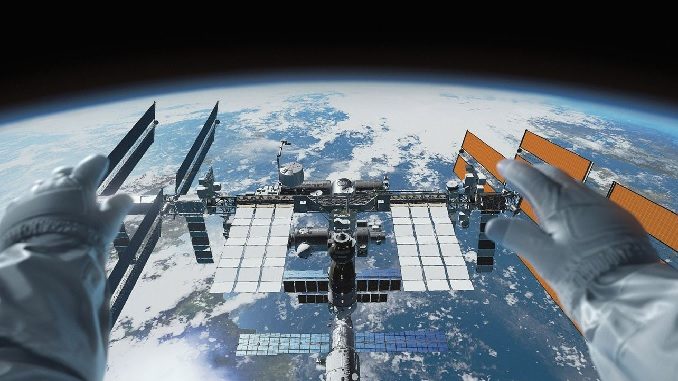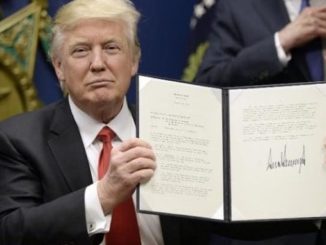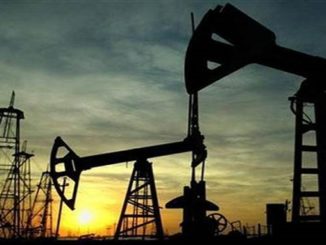
Three astronauts that were part of a five and a half month mission at the International Space Station (ISS) successfully landed their capsule in a snowy Kazakhstan steppe, NASA reported.
The Soyuz capsule spacecraft brought back Joe Acaba and Mark Vande Hei, from the U.S. National Aeronautics and Space Administration, and Alexander Misurkin, from Russian space agency Roscosmos.
The capsule landed in the snow covered steppe some 90 miles southeast of the central city of Zhezkazgan at 8.31 a.m. (0231 GMT).
Misurkin was the first to emerge from the spacecraft, assisted by members of the Russian search and recovery team, and he was followed by Acaba who smiled and made a thumbs-up gesture.
They are due to be replaced by NASA’s Andrew Feustel and Richard Arnold, and Oleg Artemyev of Roscosmos, whose spacecraft will blast off from the Baikonur cosmodrome, also in Kazakhstan, on March 21.
The three spaceman spent 168 days in space carrying out a number of scientific experiments that can’t be done on Earth conditions.
The spacecraft carrying them was a Soyuz MS-06, and it took them an estimated three-and-a-half hours to get back to Earth.
NASA reports that they were part of Expedition 54, which began a long-term increase in the crew size on the US segment of ISS from three people to four, enabling NASA to double the time dedicated to research.
This expedition was designed to allow for research into biology and biotechnology, technology demonstrations, astrophysics, and materials science.
Investigations were carried out into bacterial antibiotic resistance in microgravity and the Earth’s sunshine was also tracked from space.
Vande Hei, 51, was commissioned in the US Army and served as a combat engineer. He joined NASA in 2006 and initially worked as a communications officer.
Previously he had spent time as an aquanaut, aboard the Aquarius underwater laboratory during undersea exploration missions which prepared him for the trip to space.
Acaba, 50, was a member of the United States Marine Corps Reserves and worked as a hydro-geologist before being selected as a mission specialist by NASA in May 2004. Since then he has been on three missions to space.
Misurkin is a 1st class pilot-instructor, parachute instructor and military scuba diver and was the station commander at the ISS.
The International Space Station is a habitable artificial satellite, in low Earth orbit. Its first component launched into orbit in 1998, the last pressurised module was fitted in 2011, and the station is expected to be used until 2028. Development and assembly of the station continues, with components scheduled for launch in 2018 and 2019.
The ISS serves as a microgravity and space environment research laboratory in which crew members conduct experiments in biology, human biology, physics, astronomy, meteorology, and other fields
The ISS is a joint project among five participating space agencies: NASA, Roscosmos, the Japanese Aerospace Exploration Agency, the European Space Agency and the Canadian Space Agency.
The three space travellers have bid farewell to their Expedition 54 crewmates, who will stay at the ISS for another three months to continue their work.
While three additional crew members will arrive at the ISS to join them on 23 March.




Be the first to comment